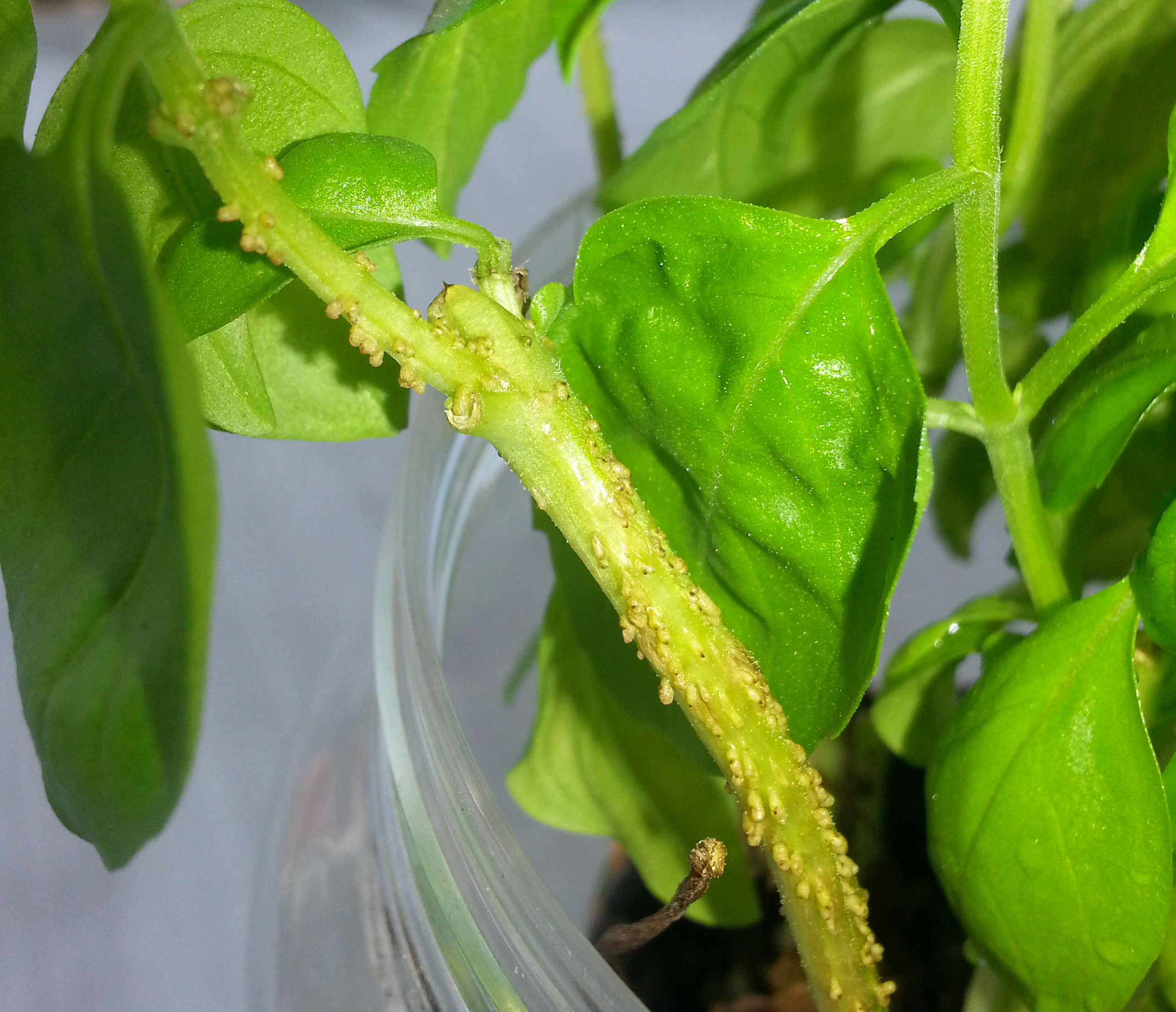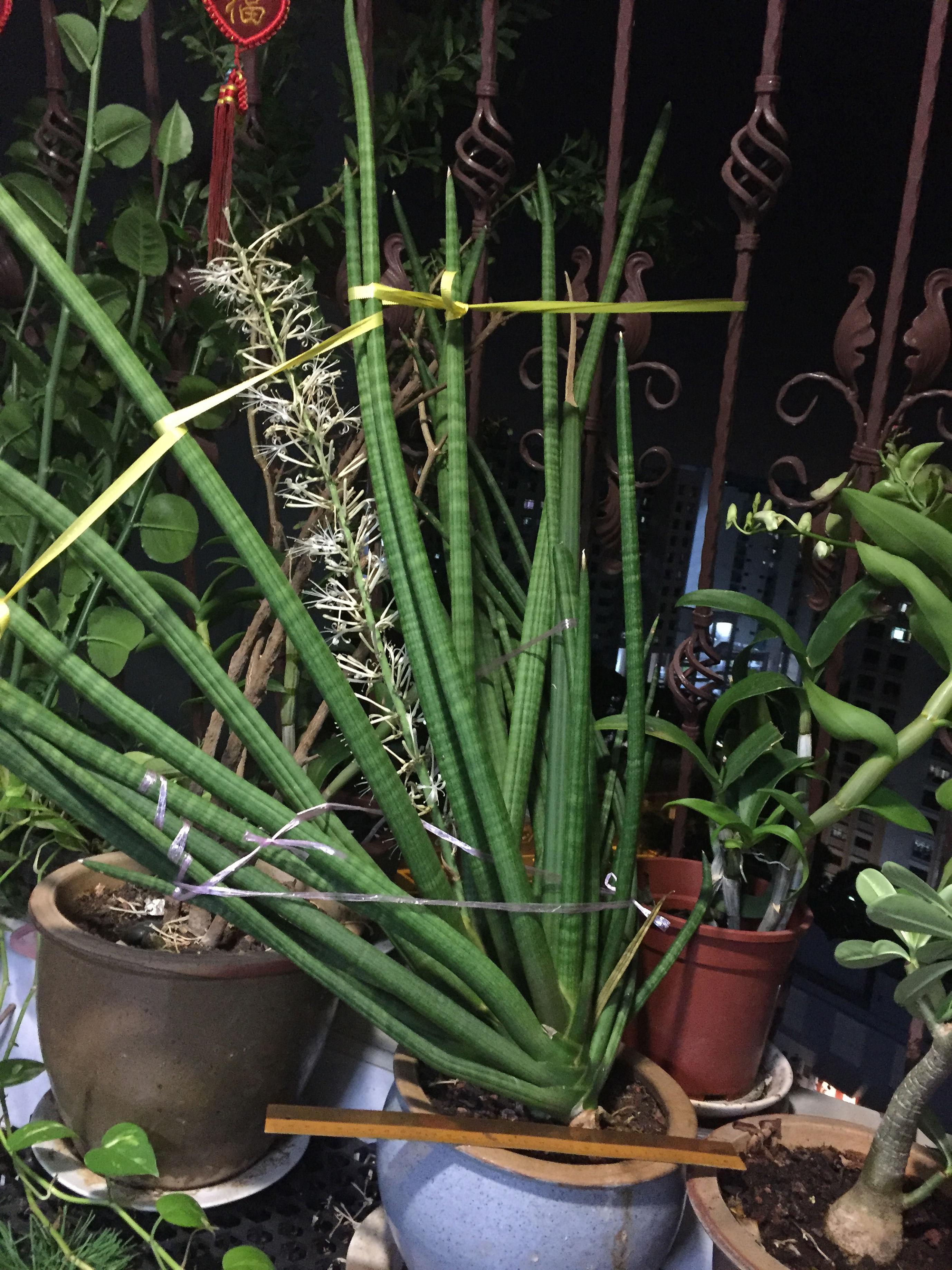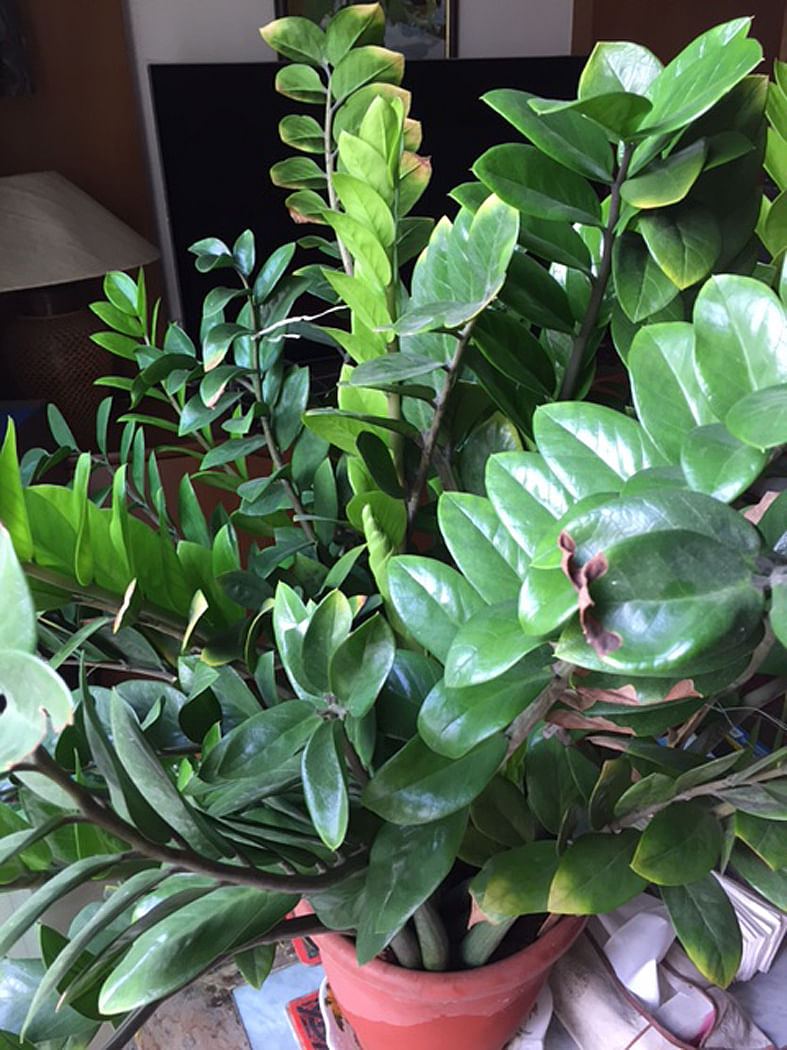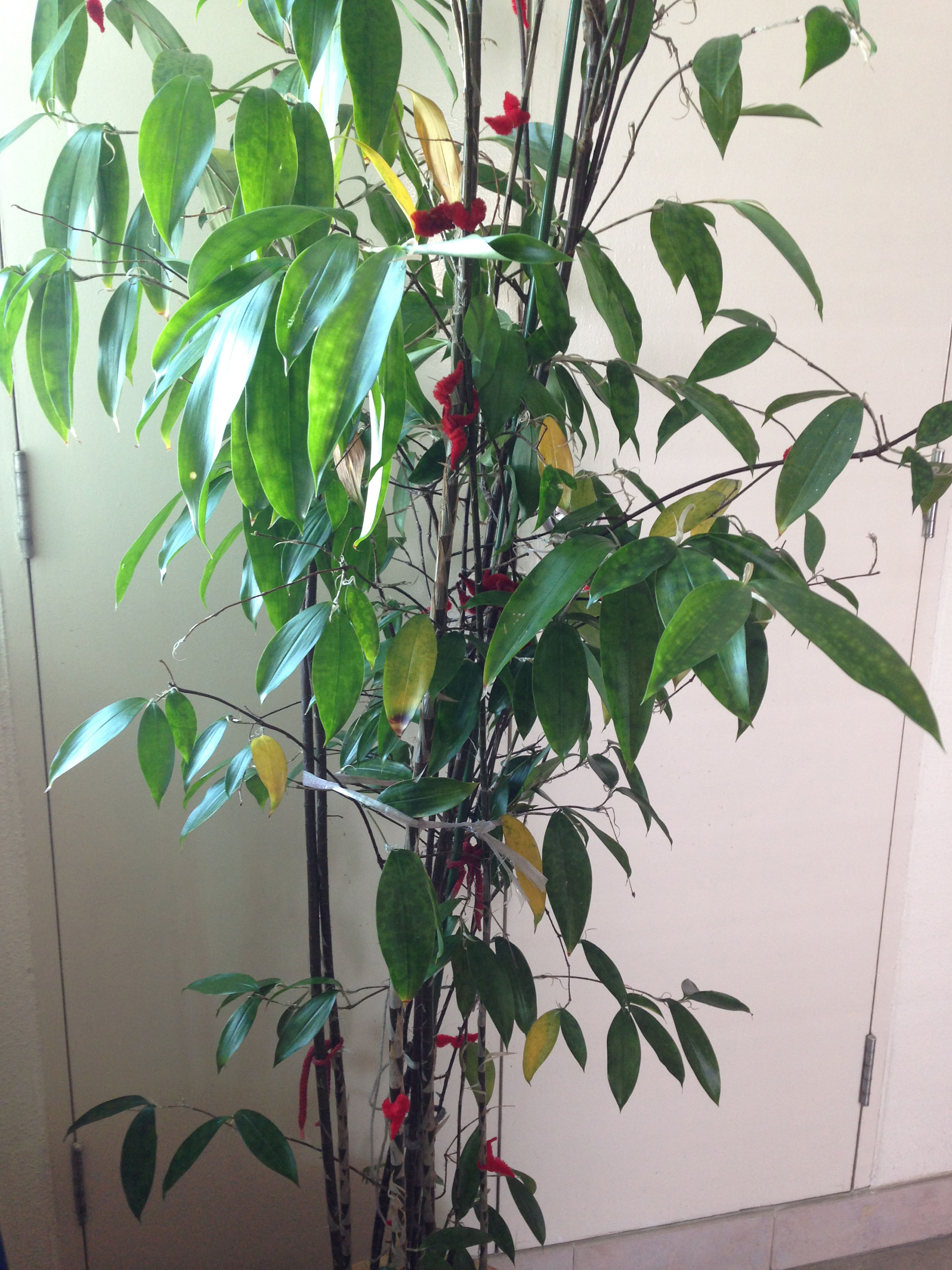Tip: Moonflower's buds are edible
The Moonflower or Moon Vine produces large, white, fragrant flowers. Its botanical name is Ipomoea alba and it is a relative of the Morning Glory.
These blooms open in the early evening and fade away the following morning. They last longerduring cooler weather and overcast days.
The Moonflower is an annual plant. It is propagated by seeds and requires a support to climb on. It needs a sunny location to thrive and its soil should be moist and well-drained.
Thais are known to stir-fry and eat the plant's flower buds. The green sepals at the base of the buds, pollen tubes and stamens in each bud need to be removed before they are cooked.
Bumps are basil's root tips
I spotted bumps on the stems of my basil plant. What are they? How do I get rid of them? Serene Seow The bumps are the plant's aerial root tips. They are not a cause for concern. Stems with such bumps will actually root more easily. The stem tips can be cut and rooted in water. New roots will form in a week or so. These can be potted and will grow into new plants.

It is good practice to propagate basil. When the plant grows old, it loses its flavour and growth vigour.
African Spear has fragrant blooms

What is this plant? It has sweet nectar. Wan Kwai Choy It is probably a species of Sansevieria and is most likely the Sansevieria cylindrica, which is known by common names such as Cylindrical Snake Plant, African Spear or Spear Sansevieria. It is mostly grown as an ornamental plant.
This plant is drought-tolerant and best grown in a gritty, well-drained growing medium. It can grow under full sun, but can tolerate some shade. Mature plants flower periodically and the flowers are fragrant.
Divide ZZ Plant into cuttings to keep its size

My ZZ Plant, which is kept indoors, has new shoots. Its pot may not be big enough in the future. What should I do if I do not want to move it to a bigger pot? Anthony Chng You may want to take the plant out of its pot and divide it into smaller parts. Use a very sharp knife to cut through the plant. This knife should be used only for gardening.
Allow the cuttings to dry and heal for a day or two before potting them. Do not bury the divided sections too deeply.
Attach the cuttings to bamboo stakes to keep them from toppling over. For the first few weeks, keep the soil just moist enough. The pots should be placed in a cool, bright place until roots have formed and the sections are sturdy.
Like all plants in the Arum family (Araceae) such as the dumbcane, the ZZ Plant has sap with toxic calcium oxalate crystals. Wear latex gloves so that sap does not come into contact with the skin, eyes or mucous membranes of your body.
Japanese bamboo may need more light

I repotted my Japanese bamboo in a bigger container. A few leaves recently turned yellow and dropped. The plant gets about two hours of evening sun. What is wrong? Peter Woo Are you watering the plant regularly and is it grown in a pot that is suitable for its size? Lack of water can cause the leaves of the Japanese bamboo - its botanical name is Dracaena surculosa - to turn yellow and drop.
An overly small pot will have too little soil to hold sufficient moisture. You may need to move the plant to a larger pot. An overly windy spot can also cause the plant to dry out.
The plant may need more sunlight for optimal growth if it is kept in deep shade for most of the day. Plants that are not getting sufficient sunlight will be in poor health.
•Answers by Dr Wilson Wong, a certified practising horticulturist and founder of Green Culture Singapore (www.greenculturesg.com). He is also an NParks-certified park manager.
•Have a gardening query? E-mail it with clear, high-resolution pictures of at least 1MB, if any, and your full name to stlife@sph.com.sg

